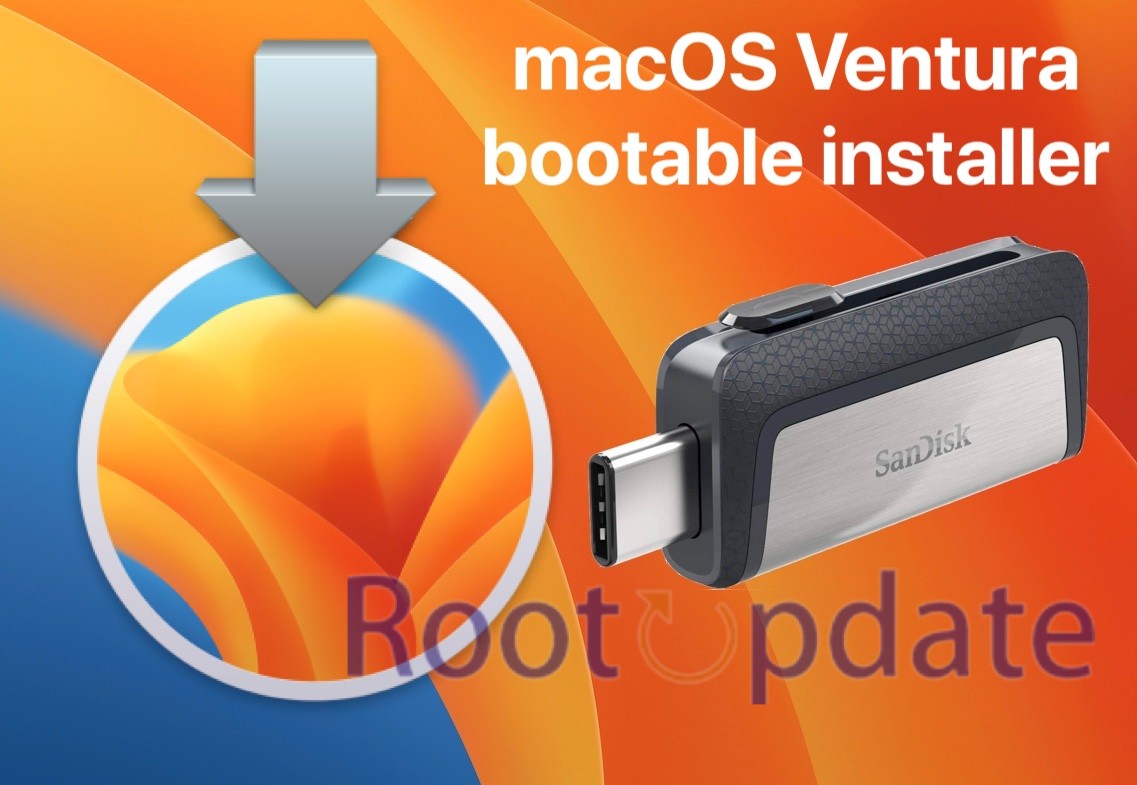Create A Bootable USB Using MacOS Terminal: Are you ready to take your Mac experience to the next level? Creating a bootable USB using MacOS Terminal is a powerful tool that allows you to install or update macOS on your computer with ease. Whether you’re looking to upgrade your operating system or perform a clean installation, this step-by-step guide will show you how to create a bootable USB and unleash the full potential of your Mac.
Gone are the days of relying solely on external drives or DVD installations. With a bootable USB, you’ll have the flexibility and convenience of upgrading your Mac from anywhere, at any time. So grab your favorite cup of coffee, buckle up, and let’s dive into the world of creating a bootable USB using MacOS Terminal!
What You Need to Create a Bootable USB
Table of Contents



Before diving into the process of creating a bootable USB using MacOS Terminal, let’s make sure you have everything you need.
- You’ll need a USB flash drive with sufficient storage capacity.
- Use a drive with at least 16GB of space for macOS installer files.
- Ensure your Mac is running on macOS High Sierra or later versions.
- Earlier versions may not support the
createinstallmediacommand.
- Earlier versions may not support the
- Have a stable internet connection.
- You’ll download macOS installer files from Apple’s servers.
- Fast and reliable internet speed is beneficial.
- Back up important data on your Mac before proceeding.
- Risks, however minimal, exist during installation or updating.
Now that we’ve covered what you need to create a bootable USB let’s move on to obtaining the macOS installer files in our next section!
Benefits of a Bootable USB Installer



Flexibility: A single USB driver can be used over and over on different Macs.
Efficient Recovery: The USB driver has built-in recovery features that allow users to fix a wide range of system problems, from apps that won’t work to Macs that won’t turn on.
Fresh Start: This method can also be used by people who want to reinstall macOS from scratch on their computer.
How to Get the macOS Installer Files



Before you can create a bootable USB using MacOS Terminal, you’ll need to get your hands on the macOS installer files. The process will vary depending on which version of macOS you’re looking for.
- macOS Ventura Installation
- Go to the App Store.
- Search for “macOS Ventura.”
- Click on the download button.
- The installer will save in the Applications folder.
- Beta Versions of macOS
- Enroll in Apple’s Beta Software Program.
- Access the Developer Downloads page.
- Locate the desired beta version.
- Download it onto your Mac.
- Older Versions (e.g., Monterey, Big Sur)
- Visit Apple’s support website.
- Search for “macOS [version number] download.”
- Find a direct link to download the installer from Apple.
- Safety Reminder
- Avoid downloading from unofficial sources.
- Always use trusted sources like official app stores or Apple’s website.
Now that we’ve covered how to obtain these important installation files, let’s move on to creating a bootable USB using MacOS Terminal!
How to Create a Bootable Installer for macOS



Creating a bootable installer for macOS is a straightforward process that allows you to install the operating system on multiple devices. With just a few steps, you can have a USB drive ready to go.
Step 1: Preparing Your USB Drive: Formatting to Mac OS Extended (Journaled)
- Plug the USB Drive into your computer to connect.
- To get to the Disk Utility, go to Launchpad > Other > Disk Utility.
- Choosing the Drive: In Disk Utility, go to the “External” part, find your USB Drive, and click “Erase.”
- How to Name the Drive: You will be asked to name a person. We’ll choose ‘Rootupdate’ for an example.
- Make sure “Mac OS Extended (Journaled)” is chosen as the format, and then click “Erase.”
STEP 2: Create a Bootable USB using macOS Terminal
- Go to Launchpad, then to Others, then to Terminal.
- Entering Commands: Type the following command into Terminal, changing the OS name ([YourOSName.app]) and disk name ([YourVolumeName]) to fit your needs:
sudo /Applications/Install\ macOS\ [YourOSName].app/Contents/Resources/createinstallmedia –volume /Volumes/[YourVolumeName]
- Using the name “Rootupdate” for our demo drive and assuming we are running the “Ventura” version of macOS, our command would look like this:
sudo /Applications/Install\ macOS\ Ventura.app/Contents/Resources/createinstallmedia –volume /Volumes/Rootupdate
- Once you’re done, your bootable USB is ready to help you install macOS or get back to where you were. To use it, you must restart your Mac:
For Intel Macs, press and hold the ‘Options’ key while the computer is starting up.
For Silicon Macs, press and hold the ‘Power’ button while the machine starts up.
From there, choose the USB Drive and then follow the steps to install the OS.
Related:
- Fix: MacOS 13.5 “Put Hard Disks To Sleep” Missing
- Fix: Black Screen Issue On MacOS 14 Sonoma Beta 4
- Fix: Location Services Not Working On MacOS 13.5
- Fix: Widgets Not Working On MacOS 14 Sonoma Beta 4
Conclusion:
By following these instructions carefully, you can successfully create a bootable USB drive using MacOS Terminal and use it to update or reinstall macOS on your Mac whenever needed.
Creating a bootable USB is an important skill that can come in handy when troubleshooting or upgrading your Mac’s operating system. With just a few simple steps and some basic knowledge of Terminal commands, you’ll be able to have a reliable backup option at hand.
Remember to always exercise caution when working with Terminal commands and ensure that you have backed up any important data before proceeding with any system updates or installations.
Now that you’re equipped with this valuable knowledge, go ahead and give it a try! You’ll find that creating a bootable USB using MacOS Terminal is not only practical but also empowering.
